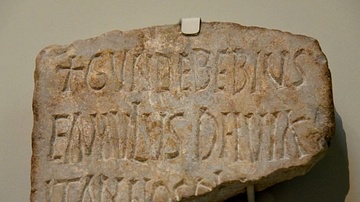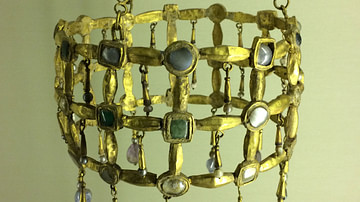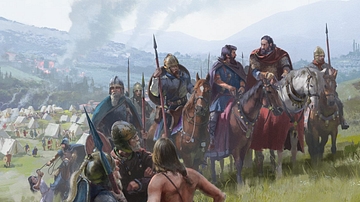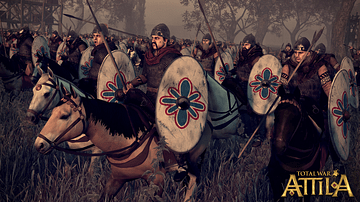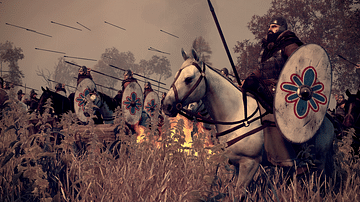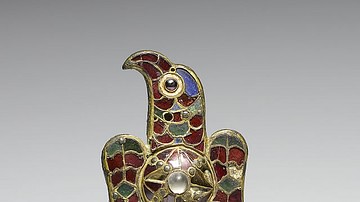Illustration
This earthenware tile would have been mounted with others in a wooden frame to decorate the wall of a room. It shows a large chi-rho motif, comprising the first two letters of Christ's name in Greek (XP). This is flanked by the first and last letters of the Greek alphabet, alpha (A)and omega (ω), signifying GoA the Son. A damaged Latin inscription on its sides would have read "Bracarus, may you live long with your companions". 400s to 500s CE. Possibly found near Ronda, Malaga, Andalucía, modern-day Spain. (The British Museum, London).
About the Author
Cite This Work
APA Style
Amin, O. S. M. (2016, October 11). Inscribed Visigothic Tile. World History Encyclopedia. Retrieved from https://www.worldhistory.org/image/5793/inscribed-visigothic-tile/
Chicago Style
Amin, Osama Shukir Muhammed. "Inscribed Visigothic Tile." World History Encyclopedia. Last modified October 11, 2016. https://www.worldhistory.org/image/5793/inscribed-visigothic-tile/.
MLA Style
Amin, Osama Shukir Muhammed. "Inscribed Visigothic Tile." World History Encyclopedia. World History Encyclopedia, 11 Oct 2016, https://www.worldhistory.org/image/5793/inscribed-visigothic-tile/. Web. 22 Apr 2025.



